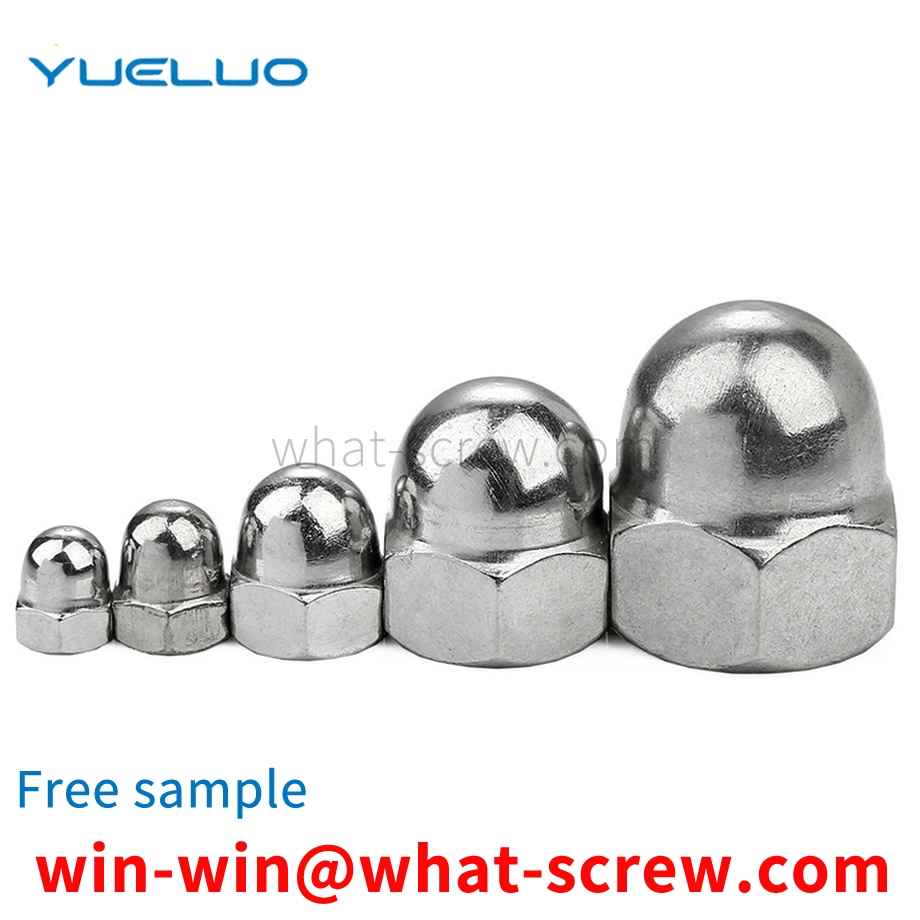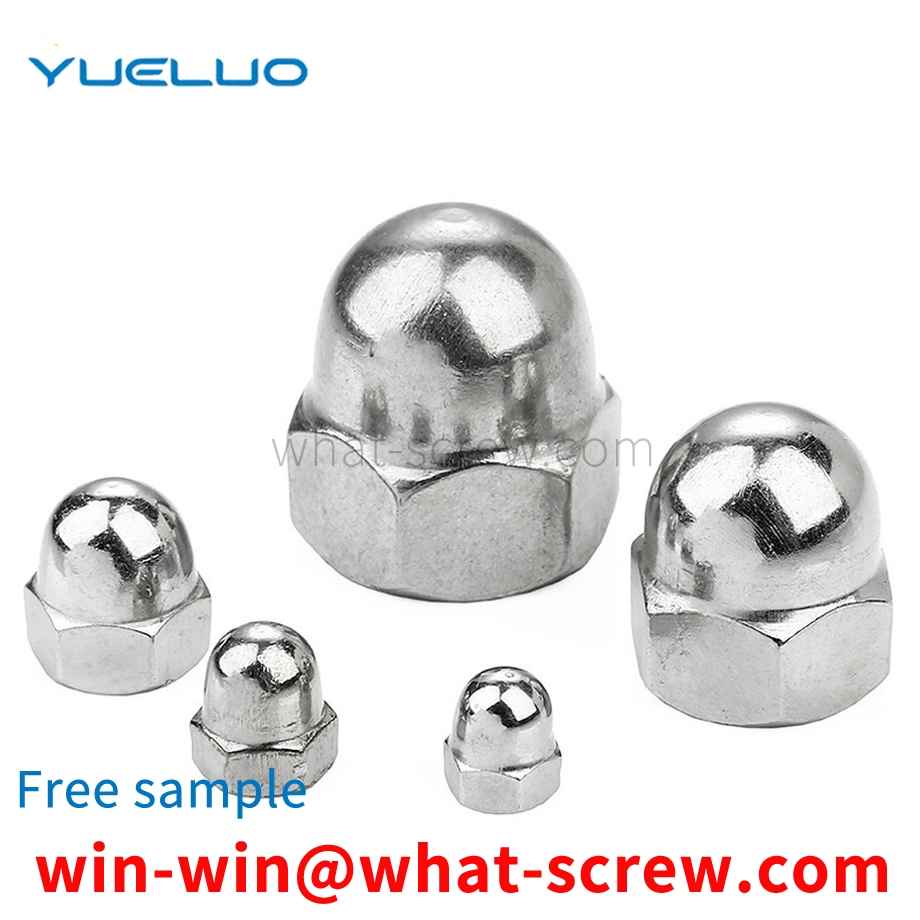Inch Screws C-1: Thread Code: The denominator is marked as 8, and then the numerator is directly called the number. Ex: 1/8 x 0.50 –PPB: 1 Thread screw x 0.50” long, PPB Ex: 5/16 x 0.50 –PPB = 2.5/8 x 0.50-PPB : 2 ½ inch screw x 0.50” long, PPB Ex: 5/32 x 0.50 –PPB =1.25/8 x 0.50-PPB: 1 ½ ½ inch screw x 0.50” long , PPB Ex: 1/4 x 0.50-PPB= 2/8 x 0.50-PPB: 2-point screw x 0.50” long, PPB Note: Coarse or fine pitch is sometimes indicated. UNF: Fine pitch: more commonly used in the electronics industry UNC: Coarse Thread: More commonly used for heavy machinery construction. Ex: 3/8 x 0.50, UNF –PPB: 3 point fine thread screw x 0.50” long, PPB. C-2: Length Code: In inches, must be multiplied by 25.40 is converted to mm. Measured with a buckle gauge, it is a metric thread when it matches the metric thread, and an inch thread when it matches the inch thread. You can also use a caliper to measure the outer diameter and pitch of the thread. The outer diameter of the metric thread is in millimeters, Such as 6, 8, 10, 12, 18, 20 mm, etc., the pitch is also in millimeters, such as 0.5, 0.75, 1, 1.5, 2, 3, etc. The outer diameter of the imperial thread is in inches, (per inch Equal to 25.4 mm) such as 3/16, 5/8, 1/4, 1/2, etc. Therefore, the reading of the outer diameter with a metric caliper often has irregular decimals. The inch pitch is expressed by how many teeth per inch. Set the caliper at 25.4 mm, align one caliper tip with the thread cusp, and the other caliper tip, if aligned with the thread cusp, is an inch thread, and if the thread cusp is not aligned, it should be a metric thread. The tip is printed on the white chalk. The chalk is clear and easy to measure. To measure the metric pitch, you should measure a length, such as 10, 15, 20, millimeters, etc., count how many teeth are included, and calculate the pitch in inches. The specified thread specification is inch thread, such as: G1. Metric threads are specified in metric units of millimeters. Such as: M30. The imperial system is determined by how many teeth there are in one inch (2.54 cm), generally a 55-degree angle. The metric system is the pitch determined by the distance between the two tooth tips, usually a 60-degree angle anchor screw: tighten the machine, etc. Screws for use on the ground. Also called anchor bolts. The difference between British and American screws is difficult to distinguish visually. The difference between British and American screws is that the rolling angle of British screws is 55 degrees, while the rolling angle of American screws is 60 degrees. These two standard screws are used in most screws. It can be used in general, but 1/2 size screws are not allowed, because the standard thread of inch 1/2 is 1/2-12 teeth, while the American system is 1/2-13 teeth.
In order to solve this technical problem, Yueluo Company provides an adjusting nut, which includes a bearing unit, a thrust washer, an adjusting nut and a snap ring. The inside of the adjusting nut is an internal thread structure, and one end of the internal thread structure is provided with Ring groove, the snap ring is pressed into the ring groove with interference, and is rigidly connected with the adjusting nut without relative movement; the bearing unit is supported on the shaft, and the thrust washer is in plane fit with the bearing unit; the adjusting nut and the shaft are threadedly connected , Fit with the thrust washer plane, the inner diameter of the snap ring and the thread of the shaft are in interference fit.
A low-carbon steel rivet nut fastener composed of a brim, a deformed skirt and a threaded wire hole is characterized in that there are fish teeth below the brim; the outer side of the lower end of the threaded wire hole has a chamfer; the inner wall of the threaded wire hole The cross section of the thread is an isosceles trapezoid, and the upper bottom of the trapezoid is a concave arc.
Reference standard GB 90 Fastener acceptance inspection, marking and packaging GB 196 Basic dimensions of ordinary threads (1~600mm in diameter) GB 197 Tolerance and fit of ordinary threads (1~355mm in diameter) GB 230 Test method for Rockwell hardness of metals GB 699 High-quality carbon Plain structural steel technical conditions GB 1237 Marking method of fasteners GB 5267 Electroplating layer of threaded fasteners GB6394 Determination of average grain size of metals
Beneficial effects The commonly used nuts and bolts in the prior art are in the shape of a hexagon, the fastening surface is a regular hexagonal plane, and there are six elastic surfaces, and the adjacent elastic surfaces intersect with a straight line, and the opposite elastic surfaces are parallel to each other, In this way, the tightening operation can be easily performed with conventional tools, which is convenient and practical. However, there are some special occasions where the nuts and bolts of this structure are not suitable. Guangdong Yueluo Hardware Industry Co., Ltd. changed the fastening surface into a pentagon shape, and the adjacent elastic surfaces are connected by an arc angle. sex.
We have many years of experience in the production and sales of screws, nuts, flat washers, etc. The main products are: anti-loose spring washers, hot-dip galvanized bolts and screws, 304 bolts, 303 stainless steel bolts and other products, we can provide you with suitable fasteners for you solution.



















 Service Hotline
Service Hotline




